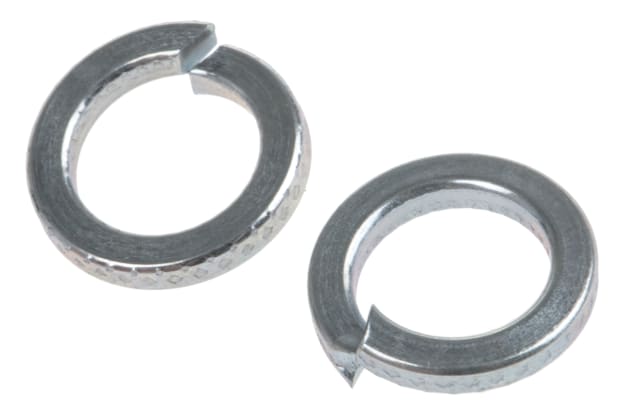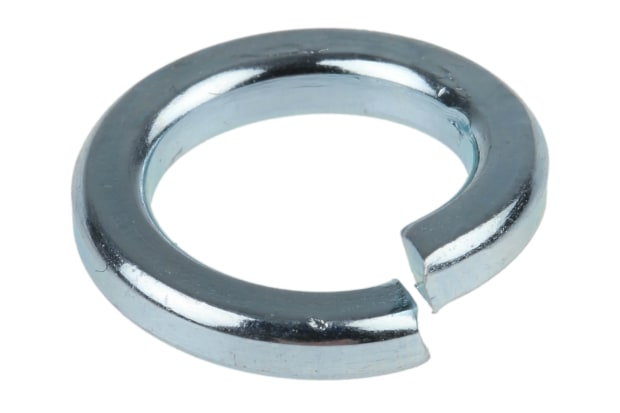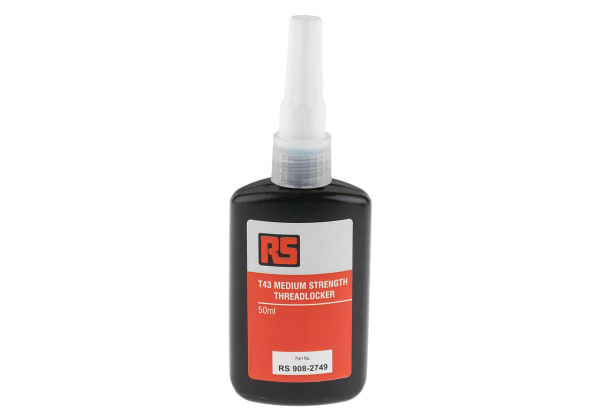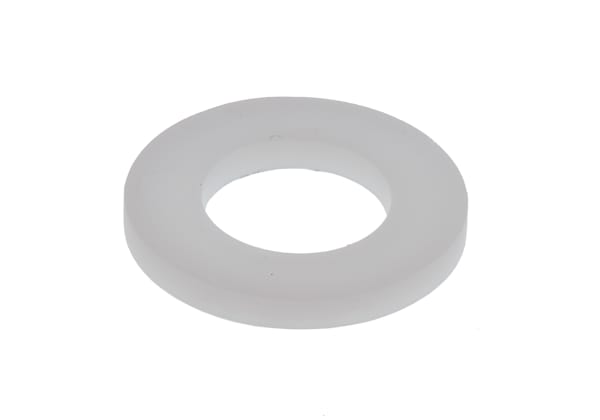- Published 2 May 2023
- Last Modified 29 Aug 2023
- 6 min
What are Spring Washers?
If you've ever wondered what spring washers are, how they differ from flat washers, and where to use them, read on for a comprehensive guide that covers everything from their purpose, types, and usage to troubleshooting tips.

If you're in the manufacturing industry or involved in the maintenance of machinery, you might have come across the term spring washer. But what is the purpose of spring washers, and how can you use them effectively?
Spring washers, also known as disc springs, are a type of fastener that is designed to provide tension and preload in a joint assembly. They are circular metal washers with a conical shape that provides a spring-like effect when compressed. The spring action allows them to absorb shock and vibration, prevent loosening and loss of tension, and maintain a clamping force in joints that experience constant movement or cyclic loading.
Spring Washers vs Flat Washers
Flat washers are thin, circular metal discs with a central hole that is used to distribute the load of a fastener, such as a bolt or a screw, over a larger surface area. They help to prevent damage to the material being fastened, reduce friction, and improve the stability of the joint.
In contrast, spring washers have a conical shape that provides a spring-like action. This allows them to maintain tension and preload in a joint, even when the materials are subjected to shock, vibration, or thermal expansion and contraction.
What is the Purpose of Spring Washers?

The primary purpose of spring washers is to provide tension and preload in a joint assembly. This helps to maintain clamping force and prevent loosening or loss of tension due to vibration, thermal cycling, or other factors. Spring washers also help to absorb shock and reduce the impact of cyclic loading on the joint, which can improve the durability and lifespan of the assembly. Additionally, spring washers can be used to compensate for small amounts of misalignment or to adjust the tension in a joint without the need for additional components.
How to Use Spring Washers
The use of spring washers is widespread, including in aerospace, automotive, construction equipment, and industrial machinery. To use a spring washer, you should follow these steps:
- Determine the correct size and type of spring washer for your application. Spring washers come in a range of sizes, materials, and types. Selecting the right type of washer depends on the specific application and the requirements of the joint
- Insert the spring washer between the fastener and the material being fastened. For example, if you are using a bolt to fasten two metal plates together, you would place the spring washer between the bolt head and the first plate
- Tighten the fastener to the recommended torque value. The spring washer will compress as the fastener is tightened, providing tension and preload in the joint
- Inspect the joint periodically to ensure that the tension is maintained. If the joint becomes loose or the tension is lost, you may need to replace the spring washer or adjust the torque on the fastener

Where to Put Spring Washers
The placement of spring washers in a joint assembly depends on the specific application and the type of spring washer being used. In general, spring washers should be placed between the fastener and the joint material, such as a nut and a bolt, or a screw and a material.
It is important to note that spring washers should not be used as a substitute for proper torque values or thread-locking devices. Spring washers should only be used to provide additional tension or preload in a joint assembly.
When selecting the size and type of spring washer for an application, it is important to consider the load requirements and the space available in the joint assembly. Using a washer that is too large or too small can result in insufficient tension or preload, or a washer that does not fit properly in the assembly.
In some applications, it may be necessary to use multiple spring washers to achieve the desired tension or preload. When using multiple washers, it is important to stack them correctly to ensure that they provide the desired tension and do not interfere with the function of the joint assembly.
What to Do if Spring Washers Don’t Work?
In some cases, spring washers may not provide the desired level of tension or preload in a joint assembly. This can be due to a variety of factors, such as incorrect sizing, insufficient torque, or fatigue failure of the washer. If you encounter any of these issues, you can try the following solutions:
- Verify that the spring washer is the correct size and type for your application. If the washer is too small or too large, it may not provide the necessary tension or preload
- Check the torque value of the fastener. If the fastener is not tightened to the recommended torque, the spring washer may not be able to provide the required tension in the joint
- Inspect the spring washer for signs of fatigue or damage. If the washer appears worn, cracked, or distorted, it may need to be replaced
- Consider using a different type of spring washer or adding additional components, such as a lock nut or thread locker, to improve the tension in the joint
Spring Washer Types
There are several types of spring washers, each with a unique design and application. Here are some of the most common types of spring washers:
- Curved Spring Washers: These washers have a curved shape that provides a spring-like action when compressed. They are often used in high-torque applications and can provide a significant amount of tension and preload
- Wave Spring Washers: These washers have a wavy shape that allows them to provide a constant load over a range of deflection. They are often used in applications where space is limited or where a constant load is required
- Finger Spring Washers: These washers have a series of finger-like projections that provide a high level of tension and preload. They are often used in high-vibration or high-temperature applications
- Disc Spring Washers: These washers have a conical shape and are stacked together to provide a high level of tension and preload. They are often used in applications where a large amount of force is required


